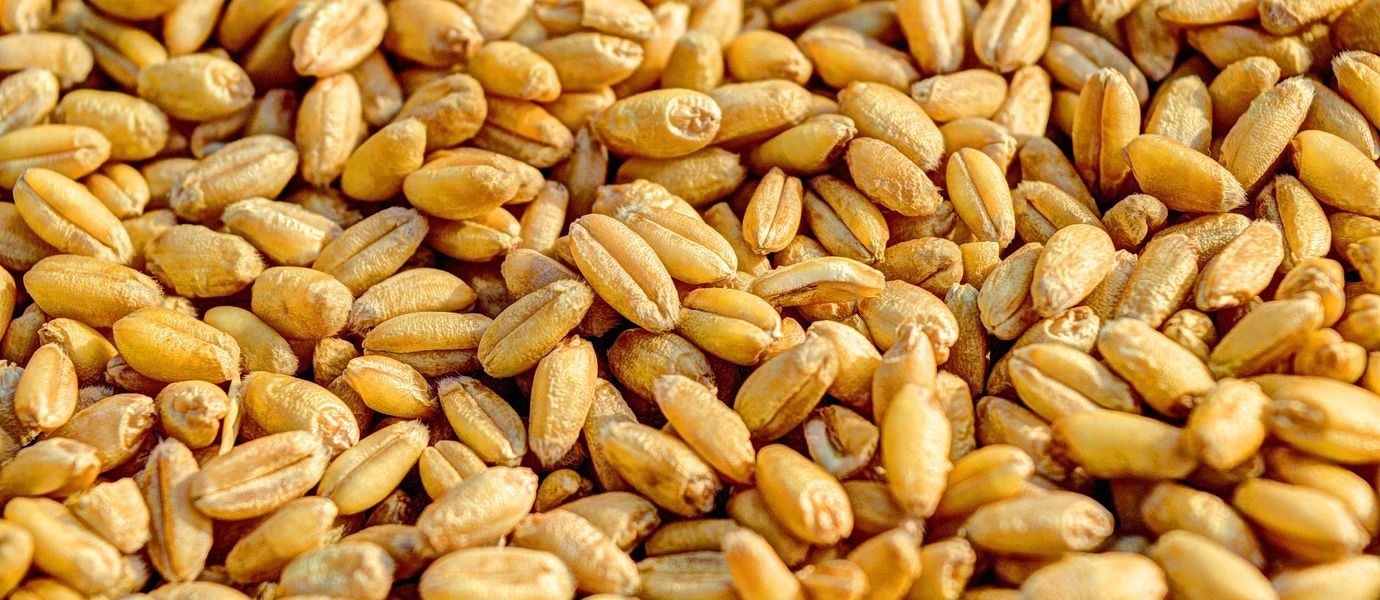Reviewed by Danielle Ellis, B.Sc.Sep 20 2022
As millions experience famine or malnutrition around the globe, the production of feed for livestock and fish consumes limited natural resources that could be used to create food for people.
 Currently, roughly a third of cereal crop production is fed to animals, and about a quarter of captured fish are not used to feed people. Image Credit: Pixabay
Currently, roughly a third of cereal crop production is fed to animals, and about a quarter of captured fish are not used to feed people. Image Credit: Pixabay
Aalto University research published in Nature Food demonstrates how changes in livestock and fish feeding can maintain productivity while increasing food availability for people. These relatively easy modifications will significantly increase the global food supply, providing calories for up to 13% additional people without increasing natural resource usage or necessitating big dietary changes.
At present, around a third of cereal crop production is utilized as animal feed, and a quarter of fish that is captured is not utilized to feed people. Associate professor of global water and food issues at Aalto, Matti Kummu, headed a group that researched the possibility of utilizing food byproducts and crop residues in livestock and aquaculture production, freeing the material usable to humans to feed individuals.
This was the first time anyone has collected the food and feed flows in this detail globally, from both terrestrial and aquatic systems, and combined them together. That let us understand how much of the food by-products and residues is already in use, which was the first step to determining the untapped potential.”
Matti Kummu, Associate Professor, Global Water and Food Issues, Aalto University
The researchers examined the flow of food and feed, as well as byproducts and wastes, through the worldwide food production chain. They then discovered strategies to redirect these flows to achieve a better result. Instead of items suited for human consumption, cattle and farmed fish could be fed food system byproducts such as sugar beet or citrus pulp, fish and livestock byproducts, or even agricultural wastes.
With these modifications, up to 10–26% of total cereal production and 17 million tons of fish (11% of current seafood supply) might be diverted from animal feed to human consumption. Depending on the circumstances, the gains in the food supply would range from 6–13% in terms of caloric content to 9–15% in terms of protein content.
That may not sound like a lot, but that’s food for up to about one billion people.”
Vilma Sandström, Study First Author, Aalto University
The observations dovetail with the former study from Kummu’s team on lowering food loss throughout the supply chain, from production, transport, and storage through to consumer waste.
In that study, we showed that reducing food loss and waste by half would increase the food supply by about 12%. Combined with using by-products as feed, that would be about one-quarter more food.”
Vilma Sandström, Study First Author, Aalto University
Changes in supply chains and consumption
Some of the alterations, like feeding agricultural residues to cattle, would reduce livestock output, but the scientists considered this in their calculations. Another issue is that the human-edible food now utilized in animal agriculture and aquaculture is not the food that humans are accustomed to.
For instance, various kinds of maize are used in feed industries, and some of the grains are of inferior quality. In contrast, the fish utilized in fishmeal production is small, bony fish that are currently unpopular with consumers.
Overcoming these obstacles, on the other hand, could result in significant gains. These advantages would necessitate certain changes in supply systems.
Sandström adds,
For example, we’d need to reorganize the food system so that the industries and producers with byproducts can find the livestock and aquaculture producers who would need them. And some of the byproducts would need processing prior to using them as feed.”
Kummu concluded,
don't think there’s any serious problem with doing this. What we’re suggesting is already being done on a certain scale and in some areas, so it’s not something that would have to be developed from scratch. We just need to adjust the current system and increase the scale of those practices.”
Source:
Journal reference:
Sandström, V., et al. (2022) Food system by-products upcycled in livestock and aquaculture feeds can increase global food supply. Nature Food. doi.org/10.1038/s43016-022-00589-6.